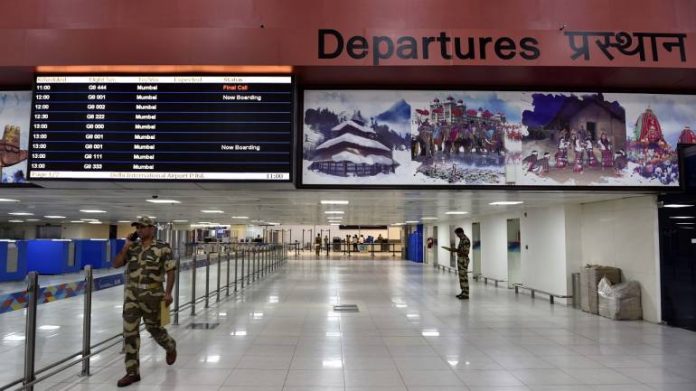The government has not been able to attract private entities to develop airports.
The government is working to amend the various Acts in order to bring in more private sector participation to develop existing and new airports in the country, aviation secretary RN Choubey said on Thursday.
He said it can be achieved through a reduced role of the airport regulator in fixing tariffs while letting the private developers monetise land for non-passenger purposes.
The government has not been able to attract private entities to develop airports. It started in 2006 with the privatisation of existing airports at Delhi and Mumbai. Hyderabad and Bengaluru are the other two private airports with GMR Infrastructure being given the mandate to develop the fifth last year.
Choubey said the government was working on a new concession model agreement – a framework that defines the incentives and freedom the private developer gets in running the airport – and the same should be out in six months.
He said the government was also looking to amend the Airports Authority of India Act to let the brownfield airport developer monetise the city-side land, something current regulations do not permit resulting in lack of private sector interest.
“The Act specifically mentioned that the land usage of the city-side airport will be for passengers. After all, there is a limit to how many hotels you can build outside the airport only for passengers. There is a need to relax that. We are working on amending the Airports Authority of India Act towards that end,” he said.
He said the government was also looking to amend the Airports Economic Regulatory Authority of India Act to encourage more private investment in both existing and new airports.
Subsequent to the amendment, the airport regulator would have no role in permitting aeronautical tariffs of those airports which have been handed to a private developer through an auction process and where the tariff is initially built into the concession agreement signed between the government and the developer.
Other ways the government is looking to attract private investment in airports is through land pooling where the land is made available not just for the airport but for a township with an airport, Choubey said.
He said another model the government was looking at was something that would work in congested cities where land availability was an issue. He said at such places, the land in the city could be swapped with land outside it to develop an airport and this could actually result in two airports.
One more model the ministry was working on would work at airports owned by state governments – there are 116 such airports — and here the airports authority could take over the airport in 51:49 joint venture with the state, he said.
“The state government provides the existing airport to the joint venture free of cost where the state government takes a 49 per cent possession. The state government funds half of the losses in first ten years but all the capital expenditure is incurred by the airports authority. So instead of the state government giving money upfront in first year, it is spread over 10 years and the airport comes into existence,” he added.




